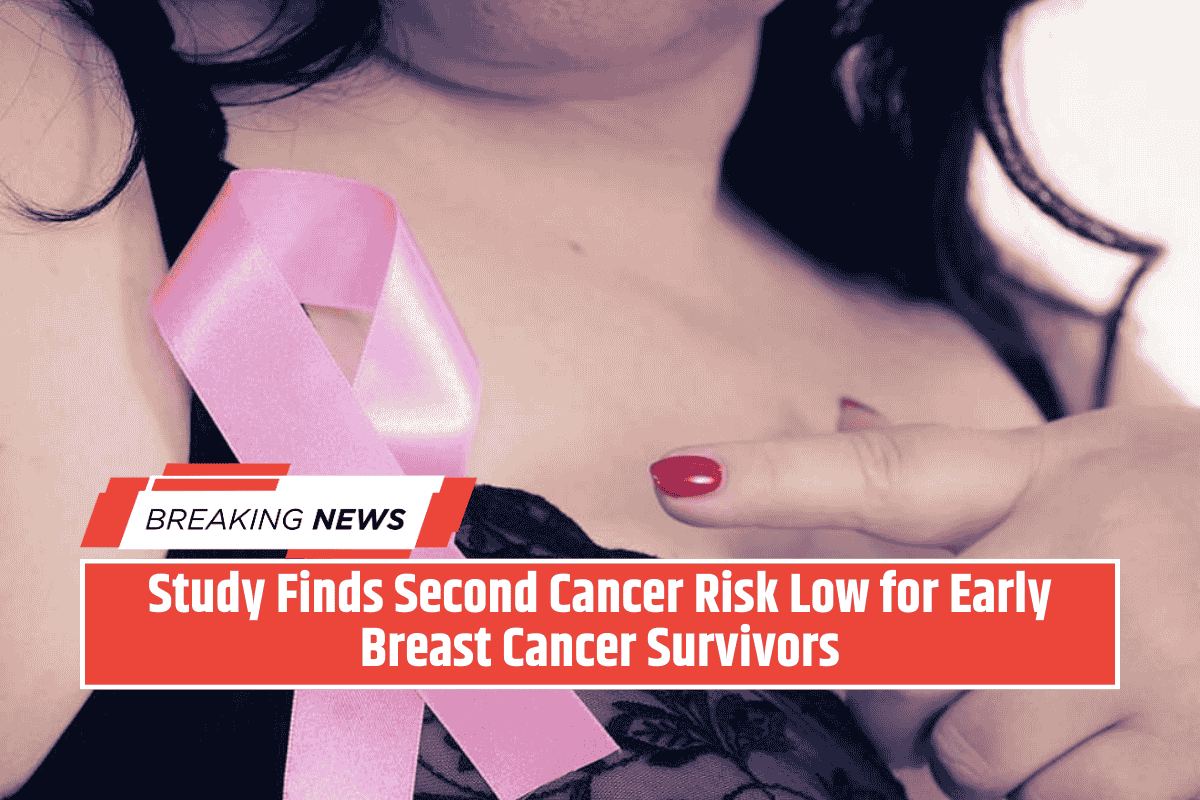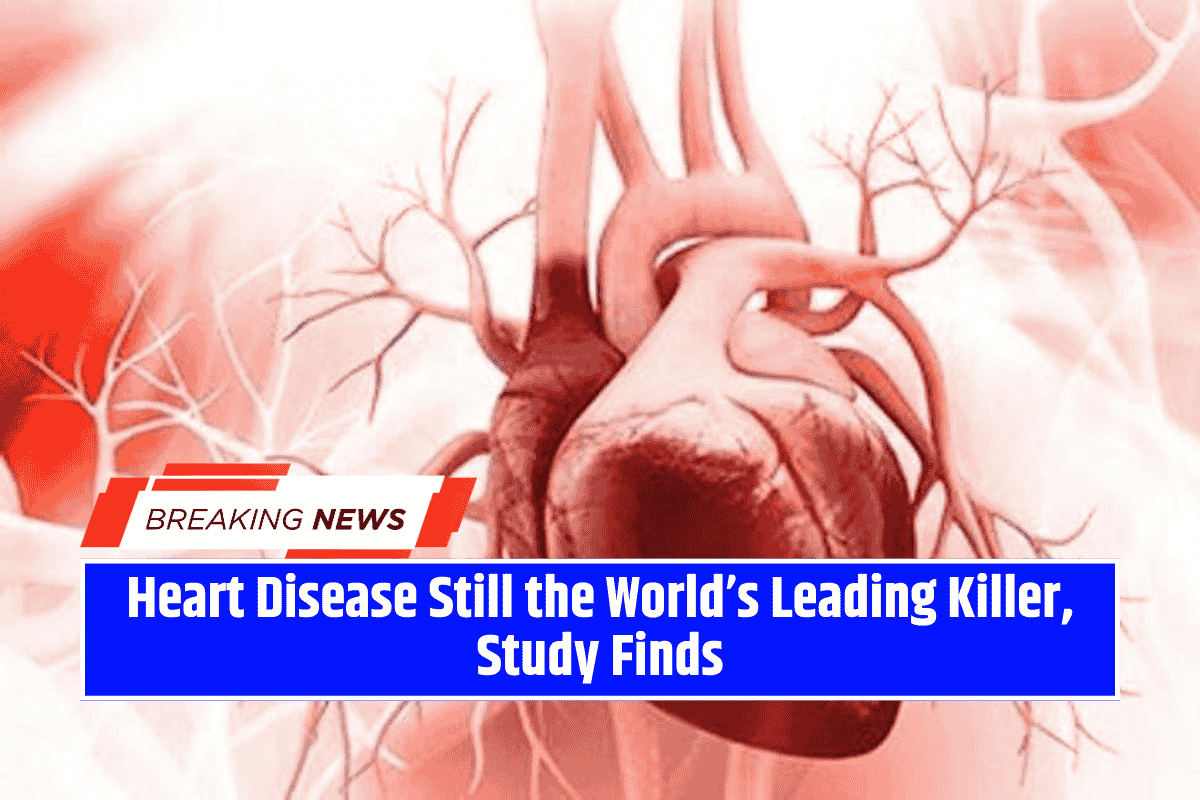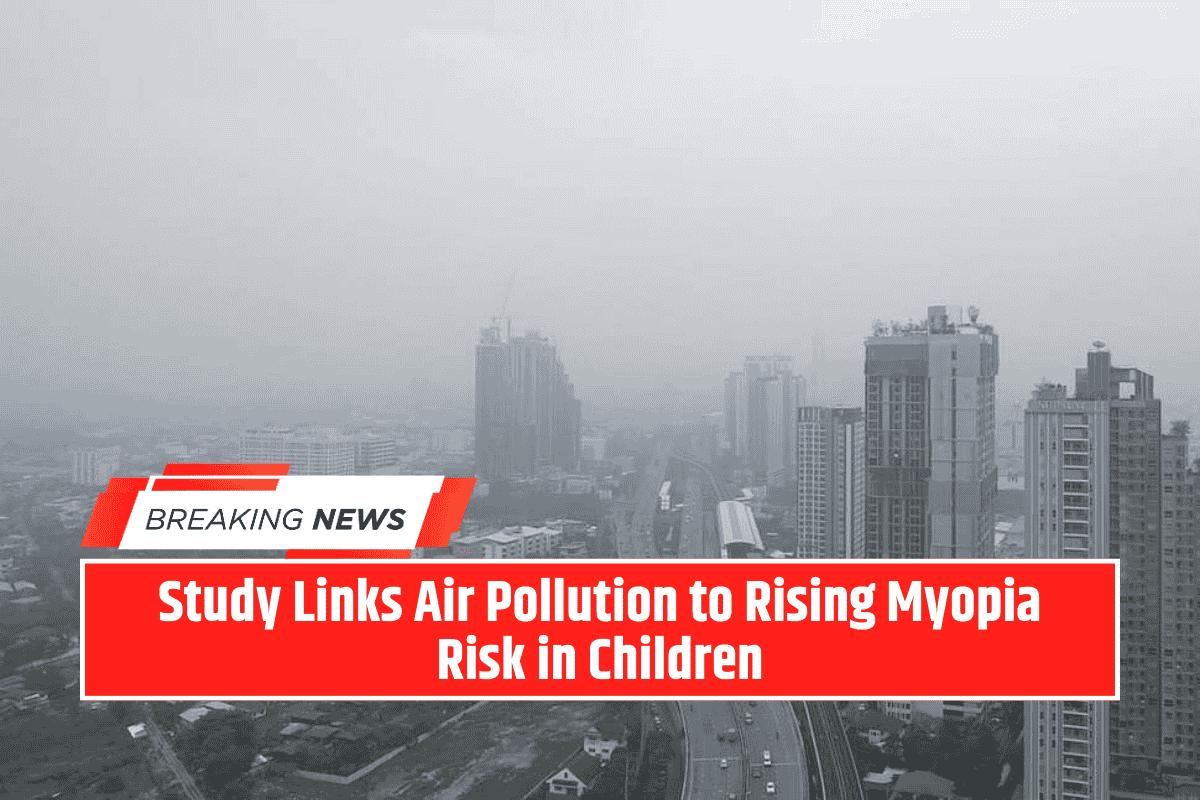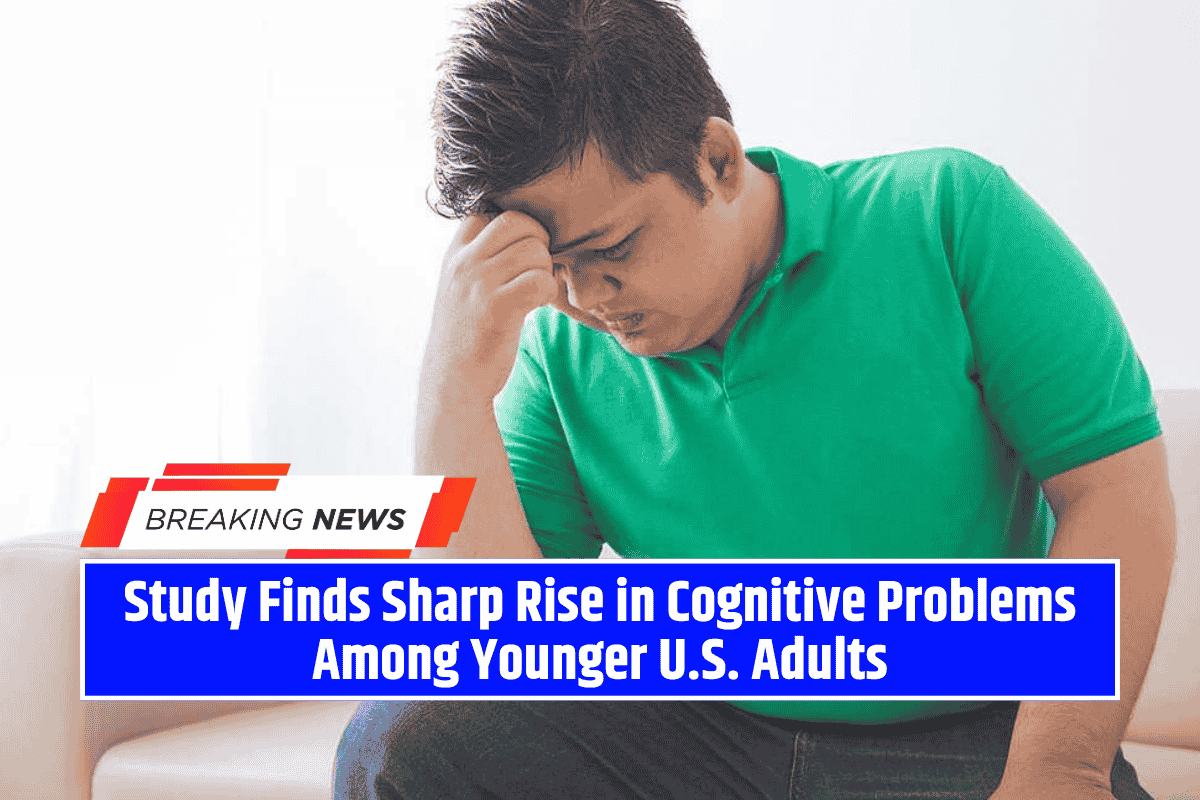Women who have survived early-stage breast cancer can take comfort in new research that shows their chances of developing a second cancer are only slightly higher than women who never had cancer.
The study, published in The BMJ, analyzed long-term health data from nearly half a million women in England and found only a small increase in risk — much lower than many survivors fear.
What the Study Found About Second Cancer Risks
The research looked at over 476,000 women aged 20 to 75 who were diagnosed with early breast cancer between 1993 and 2016. All had surgery to remove their tumors. Over a follow-up period of about 20 years, researchers tracked how many of these women developed a second cancer.
Here are the key findings:
- 14% of women developed a second cancer in another part of the body, mainly the womb, lung, or bowel — only about 2% higher than the general population.
- 6% developed cancer in the other breast — just 3% more than expected in women who’ve never had breast cancer.
- The overall excess risk for a second cancer was relatively small, which is good news for survivors and their families.
Dr. David Dodwell, co-leader of the study and senior breast oncologist at the University of Oxford, said the findings could help ease the fears of many breast cancer survivors. “Many believe their risks are much higher than what we found. Our data can offer them real reassurance.”
Age and Treatment: What Affects the Risk?
The study also examined how age and treatment type impacted the risk of second cancers. Here’s what they found:
- Age: Younger women had a slightly higher risk of developing cancer in the opposite breast, while the risk for cancers elsewhere was about the same across all ages.
- Radiation therapy was linked to a small increase in second breast and lung cancers.
- Hormone therapy was linked to a slightly higher risk of uterine cancer.
- Chemotherapy was associated with a minor increase in leukemia risk.
However, only around 7% of second cancers could be linked directly to treatments. And even then, researchers and patients agree — the benefits of treatment far outweigh the risks.
What Do Patients Think?
Hilary Stobart, a breast cancer survivor and patient advocate in London, shared her experience in the study’s accompanying commentary. She once worried about the risks of radiation but now feels more at ease.
“I believed that radiotherapy would increase my risk of lung cancer, but this risk is actually less than 1%,” she wrote.
She and other patients involved in the study believe the information should be shared more widely. If women know the risks are low, they might feel more confident when deciding about treatment options like radiation or hormone therapy.
Reassurance for the Future
This study offers clear reassurance: for women who’ve had early breast cancer, the chances of facing a second cancer later on are only slightly higher than normal. More importantly, today’s treatments are safer than ever, and the long-term risk of serious complications is very low.
Doctors and researchers now hope this data can help breast cancer survivors move forward with peace of mind — and help patients currently undergoing treatment to make informed, confident decisions.
The message from this large study is simple and hopeful: surviving early breast cancer doesn’t mean living in constant fear of a second one.
The extra risk is small, and treatments that reduce the chance of a cancer returning are worth it. With better data and support, survivors can focus on living fully and planning their futures with confidence.









